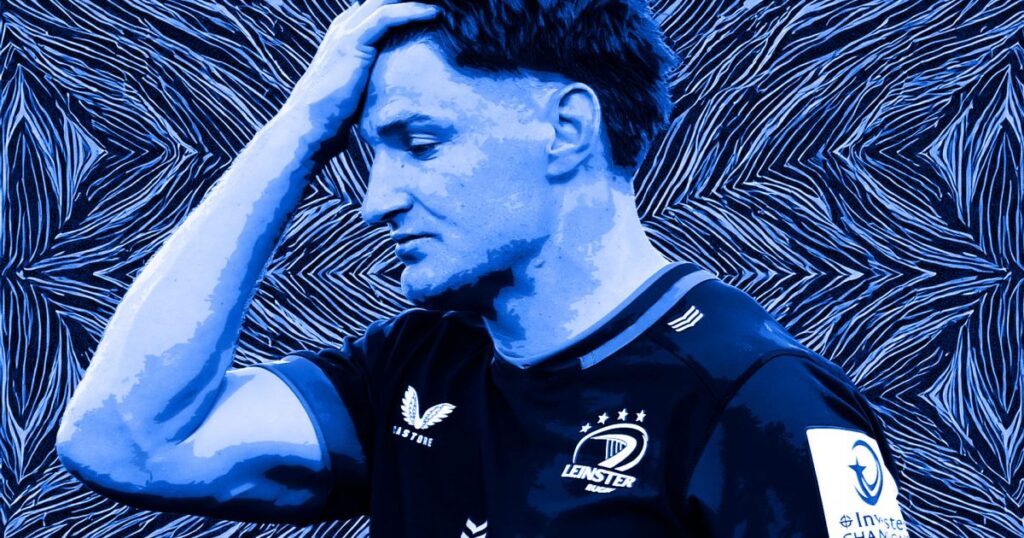
Former All Black Stephen Donald may not be entirely correct in his critique of the United Rugby Championship (URC), but recent performances certainly don’t disprove his argument. The competition’s top side, Leinster, was knocked out of the Champions Cup semi-finals by a Gallagher Premiership team—Northampton Saints—that currently holds a losing record and sits seventh in a ten-team league. That result reflects poorly on the URC’s standing.
Despite this setback, Leinster remains one of Europe’s elite over the long term. With strong resources, talent, and consistent competitiveness, they’ve reached three consecutive Champions Cup finals prior to this season. Their consistency at the highest level is unmatched by many.
However, the bigger issue lies beyond Leinster. The rest of the URC clubs underperformed significantly in Europe, giving weight to Donald’s criticism. The results speak for themselves: all three South African teams were eliminated in the pool stages with just one win each, Ulster also bowed out early with a 1-3 record, and Benetton, Munster, and Glasgow all finished 2-2. Only Leinster emerged with a winning record.
The current reality suggests the URC is a one-team league dominated by Leinster, with the rest trailing behind. Take Glasgow Warriors, for example—last season’s URC champions and currently second in the standings—they were crushed 52-0 in the European quarter-finals by the top team, a result that raises serious questions about the league’s competitive balance.
There aren’t many leagues where the best team can completely overwhelm the second-best in such a fashion. The URC features 16 clubs, more than other major competitions like France’s Top 14, Super Rugby Pacific’s 11, and the Premiership’s 10. This broader pool creates a wider disparity between top and bottom teams, much like what plagued Super Rugby in the past.
Maintaining balance in a multinational league is particularly difficult, especially when teams operate under different player management systems, such as Ireland’s central contracting. National talent isn’t distributed evenly, making it hard to spread quality throughout the league. Only nations with robust development systems like Ireland or South Africa can consistently produce high-level talent.
The URC’s structure resembles that of the English Premier League—rich clubs dominate while others fight to stay relevant. Rugby club wealth is measured in academy quality and player depth, and only a few URC sides possess those assets. In European competition, it’s essentially Leinster flying the flag alone. No other URC team apart from Ulster in 2012 has reached a Champions Cup final since.
Meanwhile, Super Rugby Pacific has achieved remarkable parity. Even the bottom-ranked Fijian Drua have beaten top sides like the Chiefs and Reds, showing that any team can win on a given day. Compare that with teams like the Dragons, who have managed just one win and rarely look competitive.
Despite the South African teams adding some value to the URC, the league still lags behind others. Until more URC clubs step up in European competitions, it remains hard to take the league seriously as a whole. French clubs, for instance, continue to dominate Europe despite prioritizing their domestic Top 14—this year marks the seventh straight final featuring a French side, with three consecutive titles to boot.
The evidence is clear: once again, a French club and a Premiership side will contest the European crown—no URC team in sight.





